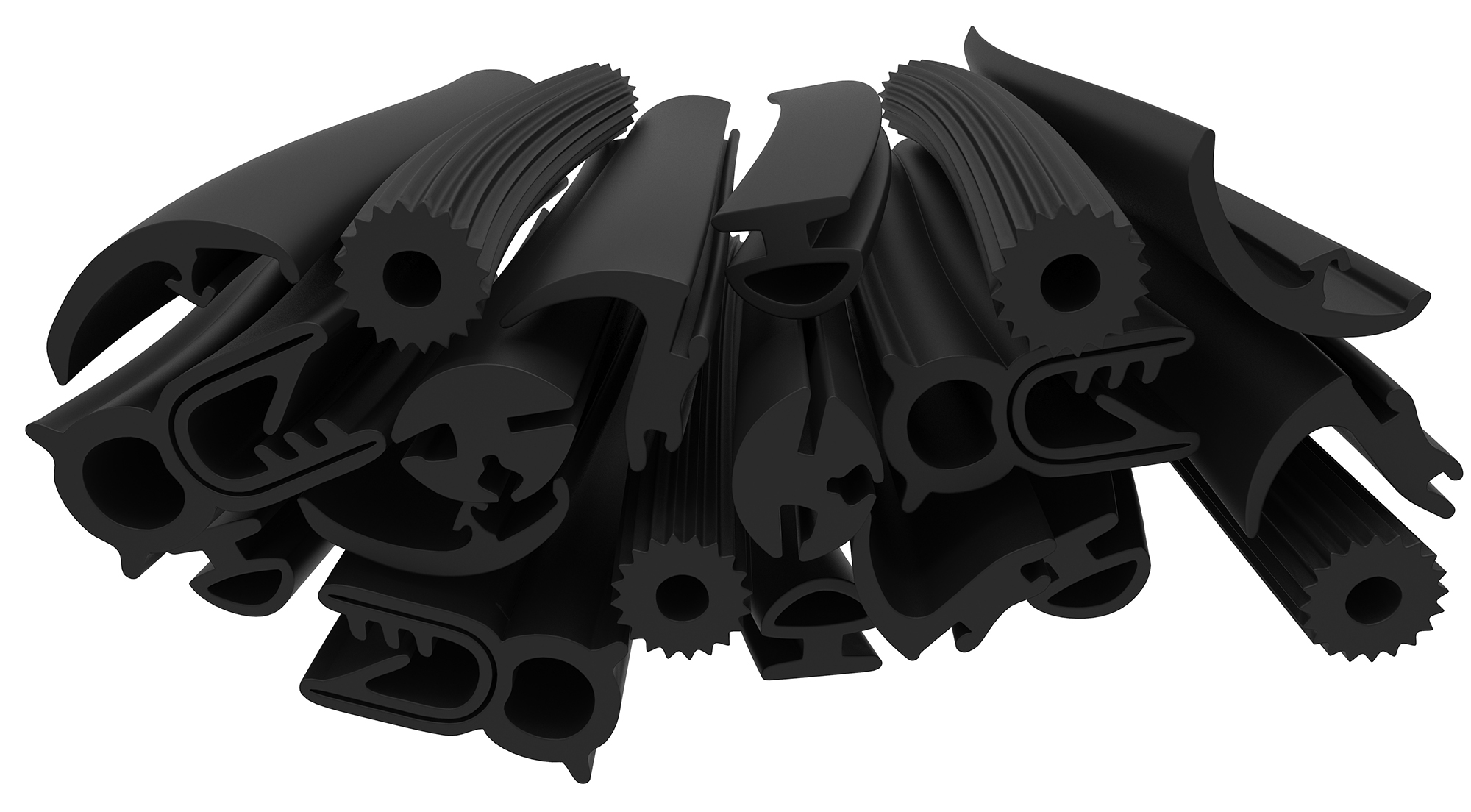
Products such as extruded pipes, tubes, profiles and seals, as well as bulk goods such as plastic pellets, are produced in a continuous process. Current methods for inline quality assurance and process monitoring during the production of these types of products are unsatisfactory. Ultrasonic testing and terahertz inspection are among the methods that are currently used to detect defects or dimensional deviations, but they are suitable only for rotation-symmetric or flat objects. Their resolution is often insufficient due to their relatively large wavelengths. Optical methods are limited to transparent materials or surface measurements. Even testing systems that are adapted to these special cases can capture only local readings, and even that usually only in random samples. Although X-ray computed tomography (CT) is an established imaging technique for quality assurance and diagnostics, known CT systems are highly complex and are too expensive, slow and prone to wear, making them ill-suited for inline testing in continuous production processes. There is currently no system on the market that can monitor arbitrary cross-sectional geometries and materials comprehensively, non-destructively and continuously, and do so at high resolution and high speed. The TORERO project is aimed at closing this gap.
The project team intends to create a demonstrator of a novel X-ray CT system with technical and commercial characteristics that will open up a completely new field of application. The team plans to build on a ring-shaped detector, combining it with a number of grid-controlled X-ray tubes that are likewise arranged in a ring and operate sequentially. The tubes will rotate together around the object being inspected and will be powered by a common high-voltage generator. A control function will enable the output and energy of the X-radiation to be varied individually and quickly. The infeed required for bulk material production will pass through the two coaxial rings. The large number of tubes makes it possible to keep the rotation speed relatively low, which simplifies the mechanics and reduces wear without limiting the product feed rate. Electronic pulsing and mechanical rotation overcome the disadvantage of purely stationary tube arrays. Further advantages include better spatial resolution and enhanced material contrast. Using modern reconstruction algorithms, a 3D product scan can be produced with a high imaging rate and high resolution, making it possible not only to examine objects for defects, but also to measure them dimensionally. The team will use an automotive sealing profile to demonstrate the performance of the CT concept.